Why Regenerative Organic Certified Matters to Human and Planet Health Alike
DISCLAIMER:This blog does not intend to provide diagnosis...
- In this article:
- What Is Regenerative Organic Certified?
- Why Regenerative Organic Certified Is So Vital
- Regenerative Agriculture Principles

Did you know that farming and grazing practices can either worsen or help improve climate change, soil health, and ultimately our health? The practices that tackle climate change and actively work for our land and our health are called regenerative agriculture, a growing movement that supports and promotes sustainable farming practices.
Essentially regenerative agriculture gets down in the dirt, rebuilding organic matter and restoring biodiversity in the soil — which helps sequester carbon from the atmosphere (key to reversing climate change) and improving the water cycle (water management is a major climate change factor).
Beyond soil health and land management, regenerative agriculture also is about treating animals, farmers, and workers fairly.
If that’s the kind of movement you want to support — including when it comes to foods, supplements, and personal care products — there’s also now Regenerative Organic Certified® (ROC™).
Learn what ROC™ means, where you can find ROC™ products, why it’s important, and the principles it shares with regenerative agriculture.
What Is Regenerative Organic Certified?
Regenerative Organic Certified® is a groundbreaking new certification for food, textiles, and personal care ingredients. Regenerative Organic Certified® farms and products are considered1 the highest standard for organic agriculture in the world and carry with it very strict requirements for soil health, animal welfare, and farmer/worker fairness.
These three pillars are incorporated2 into every Regenerative Organic Certified® label, which also represents the mission to build soil health, make sure farm workers are treated fairly, ensure that farmers are empowered, and improve animal welfare.
Regenerative Organic Certified® began in 2017 by a group of farmers, business leaders, and experts in soil health, animal welfare, and social fairness — collectively called the Regenerative Organic Alliance.
How do the United States Department of Agriculture Certified Organic and Regenerative Organic Certified® compare? USDA Certified Organic is the baseline, from which it adds criteria and benchmarks to meet that bring it to the level of Regenerative Organic Certified®. It’s meant to assure consumers that buying ROC™ products will make a positive impact at three key levels: environmental, ethical, and social.
For example, the Regenerative Organic Certified® label ensures that the food uses The United States Department of Agriculture Certified Organic methods — including not using chemical pesticides, fertilizers, and genetically modified organisms (GMO) — but goes further in helping to improve the soil where these crops are grown.
Very few dietary supplement brands to date have earned the Regenerative Organic Certified® distinction.
Why Regenerative Organic Certified Is So Vital
When you buy a Regenerative Organic Certified® product, you’re helping to improve plant, soil, and animal health in addition to your own. You’re also helping to combat climate change.
Until the regenerative agriculture wave and the organic farming movement before that, conventional agriculture pushes the land to its brink. Of course, it’s still happening, with monoculture (growing the same crop), excessive tilling, endless pesticide and herbicide usage, excessive fertilizer practice, water waste, and more.
Regenerative agriculture practitioners seek to improve the natural resources on the land rather than destroy them. For example, each harvest is meant to boost the soil health rather than deplete it.
Regenerative Agriculture Principles
Recent data suggests3 that 100 percent of current annual CO2 emissions could be sequestered if a widespread switch to regenerative organic agriculture was made. Not only would such a move be the right thing to do for people and the planet, but it’s also good for the economy.
This is huge for not just reducing air pollution, but for the economy, too. A 2024 study revealed4 that climate change damage — to farming (crop losses, flooding, drought, etc.), infrastructure, productivity, and health — could cost up to $38 trillion per year by 2050.
But, with regenerative agriculture and the Regenerative Organic Certified® label, we don’t have to wait for some technology to help reverse climate change. We literally have the solution in our hands.
Regenerative agriculture builds a more resilient farm with enriched soil, improved water quality, more biodiversity, and better ecosystem services. Farms and operations that follow this method can, for example, tolerate harsh storms and droughts far better than conventional ones.
Key principles of regenerative organic farming include5:
- Improved crop rotations
- Usage of cover crops (and retaining cover crop residue)
- Instituting holistic grazing and livestock management
- Widespread composting practice
- Adding biodiversity in soil and plant species
- Employing conservation tillage and/or organic no-till
Adopting regenerative organic practices on more farms around the world will actively combat climate change, factory farming, and struggling rural economies. You can be part of this massive solution by adding Regenerative Organic Certified® products into your life.
References:
- Regenerative Organic Alliance. Farm like the World Depends on it. Regenerative Organic Certified. Published 2019. https://regenorganic.org/
- Farm like the World Depends on it. Regenerative Organic Certified. https://regenorganic.org/our-story/
- New white paper shows shift to regenerative ag could sequester 100% of annual carbon emissions. The Organic & Non-GMO Report. Published 2020. https://non-gmoreport.com/new-white-paper-shows-shift-to-regenerative-ag-could-sequester-100-of-annual-carbon-emissions/
- Alkousaa R. Climate change damage could cost $38 trillion per year by 2050, study finds. Reuters. Published April 17, 2024. https://www.reuters.com/business/environment/climate-change-damage-could-cost-38-trillion-per-year-by-2050-study-finds-2024-04-17/
- Why Regenerative Organic? Regenerative Organic Certified. https://regenorganic.org/why-regenerative-organic/







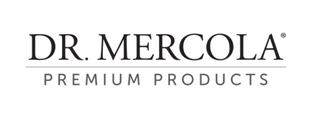
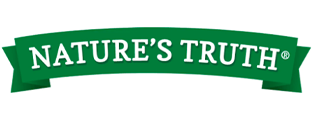




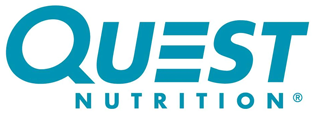



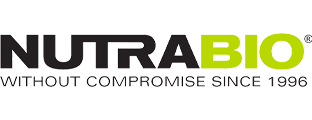
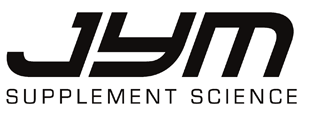





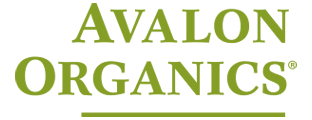









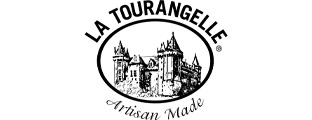




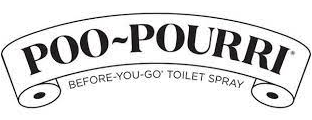








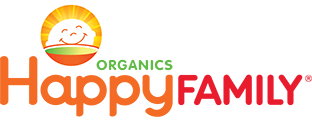
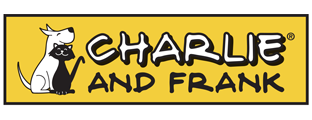




















 By Dr. Josh Axe, DNM, DC, CNS
By Dr. Josh Axe, DNM, DC, CNS